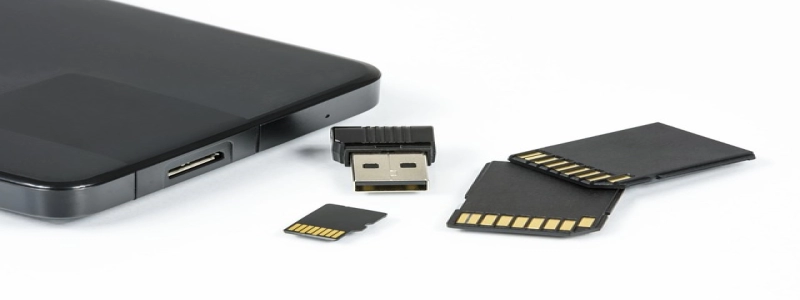Ethernet Interface Module
Introduction:
Ethernet Interface Module is a crucial component in networking devices that allows them to connect to the Ethernet network. It provides an interface between the device and the Ethernet cable, enabling data transmission and reception.
I. Overview of Ethernet Interface Module
A. Definition:
The Ethernet Interface Module is a hardware device that plugs into a networking device, such as a router, switch, or server, to provide connectivity to an Ethernet network.
B. Key Features:
– Compatibility with Ethernet standards (e.g., 10/100/1000 Mbps)
– Support for various Ethernet protocols (e.g., TCP/IP)
– Multiple Ethernet ports for connecting multiple devices
– Built-in LED indicators for status monitoring
– Auto-negotiation capabilities for speed and duplex mode
– Power over Ethernet (PoE) support for devices requiring power through the Ethernet cable.
II. Working Principles of Ethernet Interface Module
A. Physical Connection:
1. The Ethernet Interface Module typically connects to the networking device through a standard interface, such as a PCI Express slot or a module-specific slot.
2. It also features one or multiple Ethernet ports to connect to the network using Ethernet cables.
B. Data Transmission:
1. The Ethernet Interface Module receives data from the networking device’s internal system.
2. It encapsulates the data into Ethernet frames and transmits them over the Ethernet network.
3. It also handles the reception of Ethernet frames from the network, extracting the data and passing it to the device’s internal system.
C. Protocol Support:
1. The Ethernet Interface Module supports various Ethernet protocols, such as TCP/IP, UDP, and ICMP, enabling the device to communicate with other devices on the network.
2. It also supports Ethernet standards, including Ethernet II and IEEE 802.3, ensuring compatibility with different devices and networks.
III. Importance of Ethernet Interface Module
A. Network Connectivity:
1. The Ethernet Interface Module is essential for devices to connect to an Ethernet network, allowing them to communicate with other devices and access resources such as the internet.
2. It serves as a bridge between the device’s internal system and the network infrastructure, enabling data transfer.
B. Speed and Performance:
1. Ethernet Interface Modules are available in different speeds, such as 10/100 Mbps and 1000 Mbps (Gigabit Ethernet).
2. Faster Ethernet interfaces provide higher data transfer rates, resulting in improved network performance and reduced latency.
C. Flexibility and Expandability:
1. Ethernet Interface Modules often offer multiple Ethernet ports, allowing connection to multiple devices or networks simultaneously.
2. This flexibility enables a networking device to accommodate various network topologies and support multiple users or systems.
Conclusion:
The Ethernet Interface Module plays a vital role in enabling network connectivity for various devices. By providing a physical and protocol interface, it allows data transmission and reception over an Ethernet network. With its compatibility, speed options, and flexibility, the Ethernet Interface Module enhances network performance and supports diverse networking requirements.







